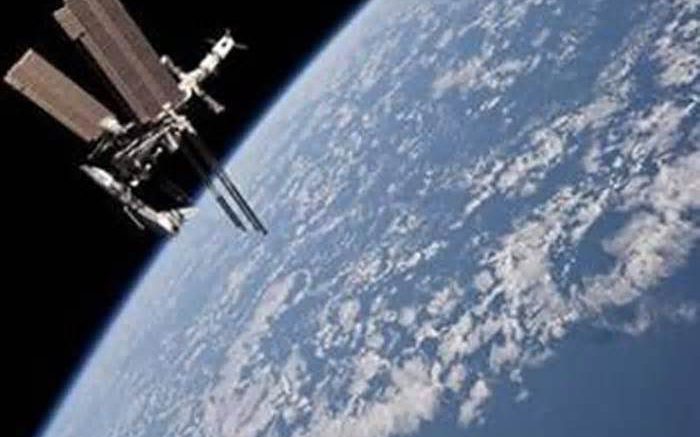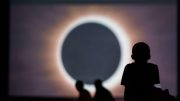Forty years on and 11 billion miles from earth in the huge vastness of space there is the sound of India. And how did this happen?
As Nasa’s ground-breaking Voyager-2 mission enters its 40th year this month, not many are aware that the spacecraft is carrying a golden record with different sounds of earth and international music and one of them is from India.
Voyager-2 was launched on August 20, 1977, and is the first spacecraft to have flown by all the four outer planets–Saturn, Uranus, Jupiter and Neptune. The music of India is a Hindustani classical composition called “Jaat Kahan Ho”, rendered by Surshri Kesarbai Kerkar, a noted khayal singer of the second half of the 20th century.
The recording, which lasts for three minutes and 25 seconds, forms part of the 12-inch gold-plated copper disc carried by Voyager-2. Its twin, Voyager-1, launched on September 5, 1977, also carries a similar disc.
The Indian music was chosen by a Nasa-appointed committee chaired by Carl Sagan. In the book “Murmurs Of Earth – The Voyager Interstellar Record”, published in 1978, Ann Druyan, Sagan’s wife, recalls that Robert Brown, then executive director for the Centre For World Music in Berkeley placed “Jaat Kahan Ho” at the top of his list of world music for outer space.
After a great deal of effort, Druyan finally located the record at a shop in New York.
Brown has stated: “If I could extend the list, it would include the following: a lively mridangam solo from India in a tala of five beats played by Palghat Mani Iyer who may well be the world’s best drummer …” Timothy Ferris, who served as a producer of the Voyager Golden Record, says Kesarbai, who was born in 1893 in Goa, was awarded the title of ‘Surshri’ in 1938 by Rabindranath Tagore on behalf of the residents of Kolkata. “One of my favourite transitions on the Voyager record comes when ‘Flowing Stream’ ends and we are transported, quick as a curtsy, across the Himalayas to the north of India and from the sound of one musical genius, Kuan Ping-hu to another, Surshri Kesarbai Kerkar,” Ferris says. “The raga heard on Voyager is formally designated for morning performance, but its popularity has led to its use as a closing number, a kind of encore, for concerts day and night.”
He writes that Kesarbai made this recording when she was past 70. Apart from the music, the record also carries a message in Hindi which when translated means: “We are citizens of earth: We are greeting you.” The other Indian languages represented in the record are Bengali, Gujarati, Kannada, Marathi, Oriya, Telugu and Urdu.





Be the first to comment on "40 years of Voyager-2: Indian music still resonates in space"